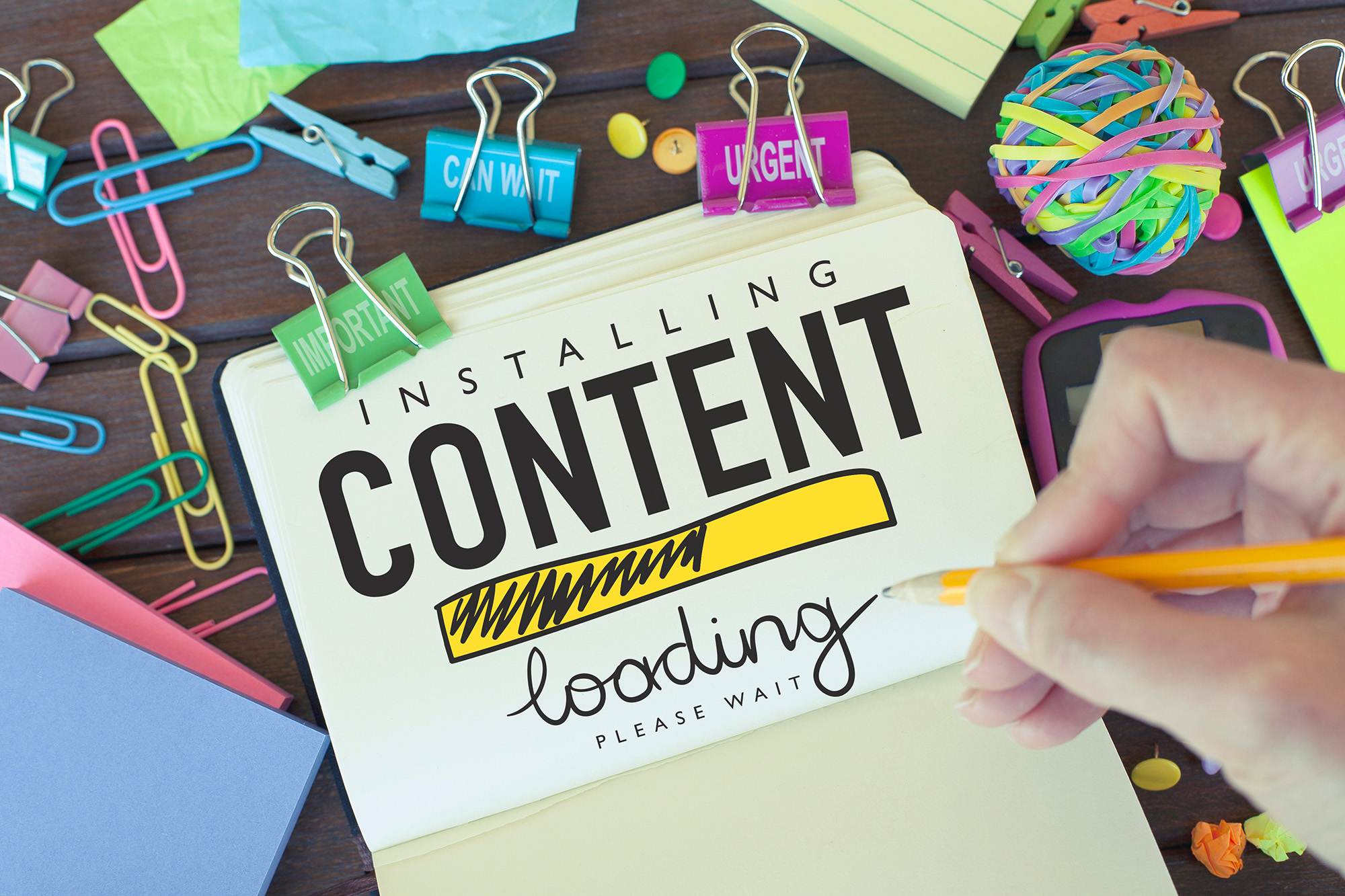
Image Format Matters
Different image formats like JPEG, PNG, and WebP have varying degrees of compression and quality. JPEGs are generally lighter and are suitable for photographs, while PNGs are better for images with text or transparency. WebP offers high-quality images at smaller file sizes and is supported by many modern browsers.
Image Compression Tools
There are various tools available, both online and offline, for compressing images without much loss in quality. Tools like ImageOptim, TinyPNG, and others can reduce file sizes considerably, thereby speeding up their load times.
Responsive Images
In a diverse device landscape, serving the same image size to all devices is impractical and inefficient. Implement responsive image techniques to ensure that only appropriately sized images are served to different devices. This reduces unnecessary data transfer and speeds up image rendering.
Use Video Formats Wisely
Like images, video files can also be hefty. Utilize video compression tools to reduce their size. Also, consider using modern formats like MP4 that provide good quality at smaller file sizes.
Utilize Media Queries and the “srcset” Attribute
You can use media queries and the “srcset” attribute in your HTML code to dictate which image size should be loaded for different viewport sizes and resolutions. This makes sure that smaller devices are not burdened with unnecessarily large files.
Implement Adaptive Bitrate Streaming for Videos
For videos, adaptive bitrate streaming allows the video quality to dynamically adjust according to the viewer’s network conditions. This not only provides a smoother playback experience but also optimizes the amount of data being transferred.
Background Images and CSS
Background images set via CSS can also contribute to slower load times. Use CSS properties like background-size and background-repeat to serve optimized images and avoid scaling issues.
By optimizing your images and media files, you can dramatically improve the loading speed of your website without compromising on visual quality. Up next, we will delve into leveraging browser caching and Content Delivery Networks for further speed enhancements.








